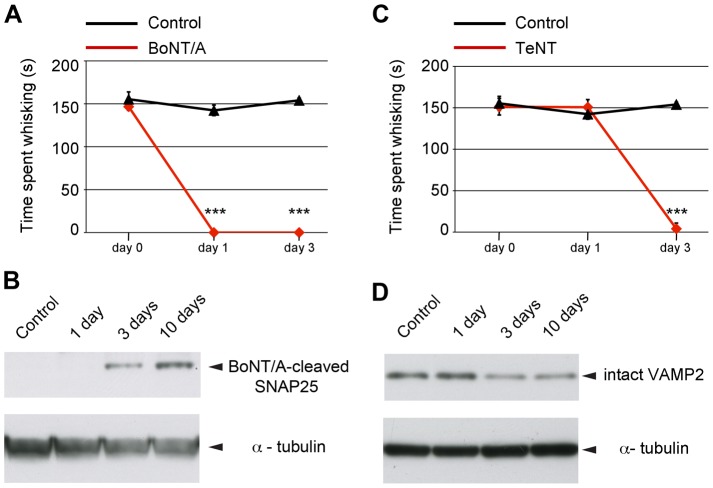Figure 9. Monitoring peripheral neuroparalytic and central proteolytic effects of BoNT/A and TeNT in vivo.
BoNT/A (or TeNT) was injected unilaterally into the whisker pad of adult rats. Behavioural analysis of whisking and biochemical detection of proteolytic activity in the brainstem were performed at different times following toxin injection. (A,C) Longitudinal assessment of time spent whisking for BoNT/A- or TeNT-treated rats and naïve (control) animals. Note that whisker movements were completely abolished in BoNT/A-treated animals as early as 1 d after injection, while the neuroparalytic effect in TeNT animals was fully apparent at day 3. Quantification reported here is from a representative experiment, which included three animals per group. Data points represent the mean ± standard deviation (SD). Significance was assessed by two-way ANOVA followed by Holm-Sidak test; ***, p<0.001. (B) Representative western blot for cleaved SNAP25 (24 kDa) on protein extracts from ipsilateral facial nuclei of BoNT/A-treated rats at different time points after a single toxin injection. SNAP25 cleavage within the facial nucleus (containing motor neuron somas) was detectable starting from day 3 and further increased at day 10. (D) Representative immunoblotting for VAMP2 on protein extracts from ipsilateral facial nuclei of TeNT-treated rats at different times after a single toxin injection. Loss of intact VAMP2 (13 kDa) within the facial nucleus was apparent starting from day 3. (B, D) Results were confirmed in two independent experiments, replicated three times. Representative western blots are shown in (B) and (D). Each lane represents one animal. Control, naive uninjected rat. Total protein loaded per lane, 50 µg (B), 10 µg (D). α-tubulin, internal standard, (51 kDa).

